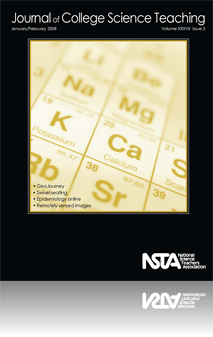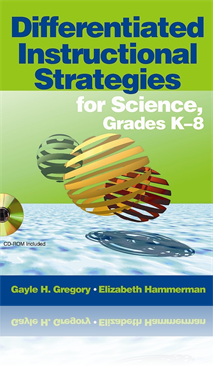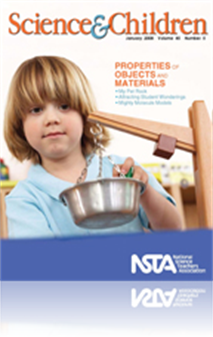All Resources
Journal Article
Many of today’s college students come to class expecting the professor to tell them exactly what they need to study for the exam. They have little interest in reading the textbook, drawing answers from analogies, or coming to conclusions from case ...
Acquired Book
Tools and Traits for Highly Effective Science Teaching, K—8
To move from competence to excellence in the teaching of science, what should you know and be able to do? What is the difference between “highly qualified” and “highly effective” teachers of science? In this book Jo Anne Vasquez shows you wha...
Acquired Book
Differentiated Instructional Strategies for Science, Grades K-8
Preparing students to understand and adapt to the rapid pace of scientific and technological changes is an important educational priority. Using proven strategies for differentiating instruction, authors Gayle H. Gregory and Elizabeth Hammerman provi...
Journal Article
As part of the SMATHematics Project: The Wonder of Science, The Power of Mathematics—a collaborative partnership between Kennesaw State University and two local school districts, fifth graders had the opportunity to puzzle out chemical formulas of ...
Journal Article
Elementary teachers of science are at a great advantage because observation—collecting information about the world using our five senses—and classification—sorting things by properties—come so naturally to children. Buttons are ideal objects ...
Journal Article
Scope on Safety: Chemical sensitivity
Teachers and students are subjected to myriad indoor and outdoor air pollutants such as arsenic, asbestos, benzene, formaldehyde, isocyanates, lead, and a host of others from materials used in classrooms, laboratories, lunchrooms, gymnasiums, and on ...







